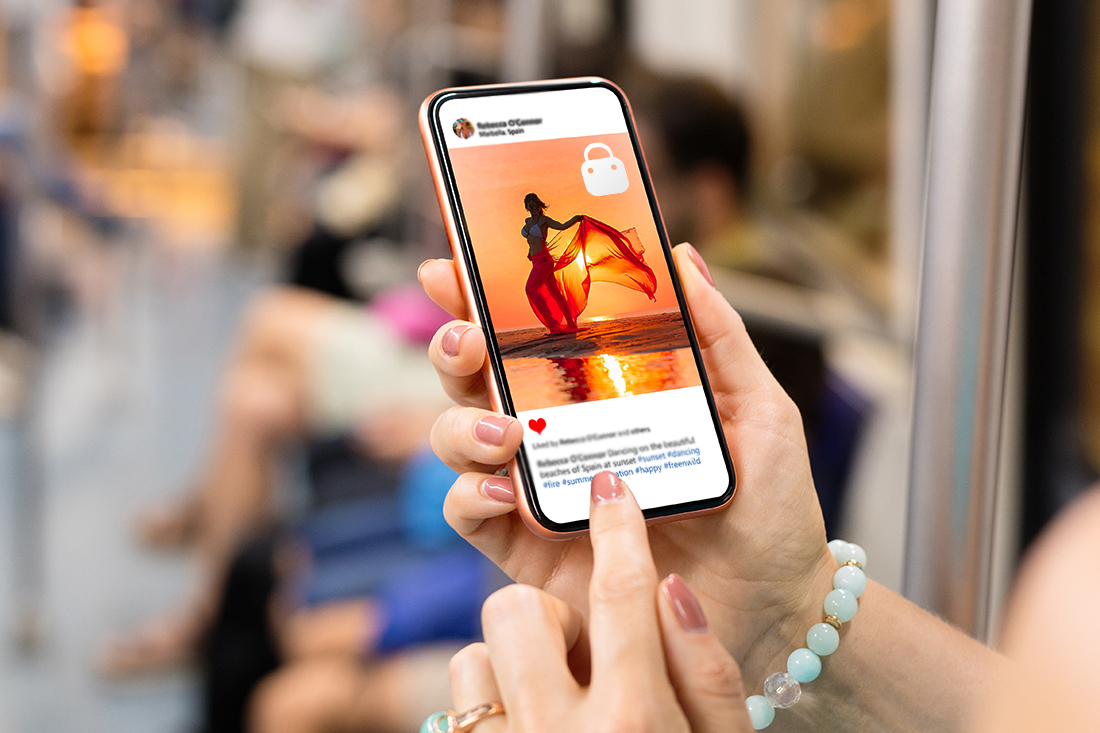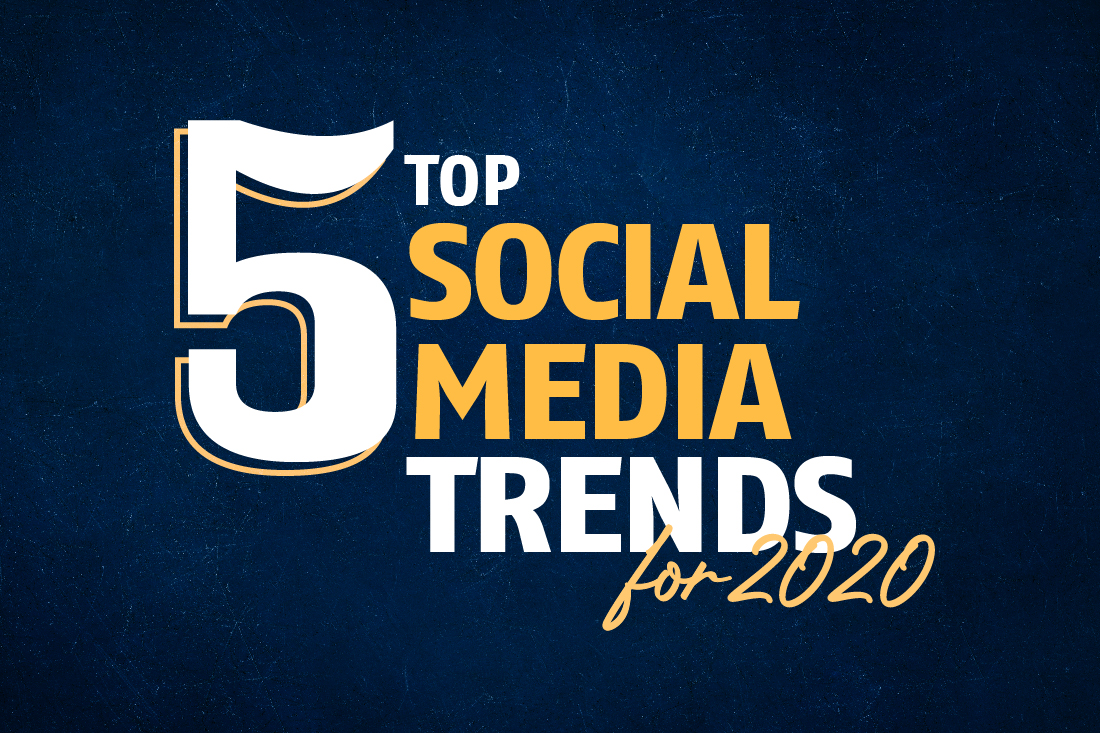
How content marketing can amplify your reach & engagement
There used to be a time when search intent and organic traffic was more than enough to get you the results you were aiming for. However, more and more marketers begin to realize how organic reach for social media content is declining, across pretty much all platforms.
Digital marketing has seen luxurious changes in itself over the last years. Organic traffic couldn’t but be affected by this radical transformation, as one part of the complex puzzle called digital marketing.
Along with the growth of the adoption of a content marketing strategy, there has been an increasing competition for search terms, audience attention, and engagement.
While audience engagement is an essential metric to evaluate your content marketing activity, most of the time it is not as converting as you’d hope. It’s obvious that a great content strategy can’t stand on its own and that it needs to be accompanied by a well-designed content amplification strategy.
So, what is content amplification?
Content amplification is a multichannel approach based on the use of paid, owned, and earned media in order to widely distribute your message. Amplifying your message will increase your brand’s reach while pushing your audience closer to the actual conversion.
Best ways to amplify your content:
1. Before you start, set obtainable goals
- What do you wish to accomplish with your content?
- What channels are you on?
- What’s the best-performing content?
- Which channels are more effective?
2. Determine the metrics that matter to you (KPIs). Some examples are:
- Click-through Rate (CTR) and Avg. Cost per Click (CPC)
- Conversion Rate (CVR), Cost Per View (CPV) and Cost per Acquisition (CPA)
- Social Sharing, Commenting, Liking, Click-throughs on social media
- Email opens, Email clicks, website visits through email
- Direct traffic, Referrals, Paid etc.
3. Understand your customer’s behavior
Apply a multichannel content strategy to re-engage your customers along their path to conversion. Some examples:
- Depending on the page a user visits, pick the right content and channels to follow him around
- Depending on a user’s search intent, target him with the relevant content through the right channels
4. Go on the right channels
- Some organic distribution channels are:
- Website
- Blog
- Associate Website
- Social Media
- Some paid distribution channels are:
- Paid and programmatic ads
- Paid Search
- Influencers
- Social Media
5. Define your best-performing content
Some basic tips to get you started are:
- Organic content that is super search friendly such as How-tos, articles, reviews.
- Paid content must be extremely attractive to be successful such as landing pages, free trials and discounts.
- Social media content is ideal for higher engagement through contests, giveaways, quizzes and videos.
- Influencer content that can create an impact on your influencer’s audience such as reviews, vlogs, articles.
- Generate leads by delivering relevant content to re-engage them through newsletters, special offers and abandoned cart emails.

DigitalEyes by Chrys Zezou
Operations Manager at Clickhouse Media
Email: C.zezou@clickhouse.media




